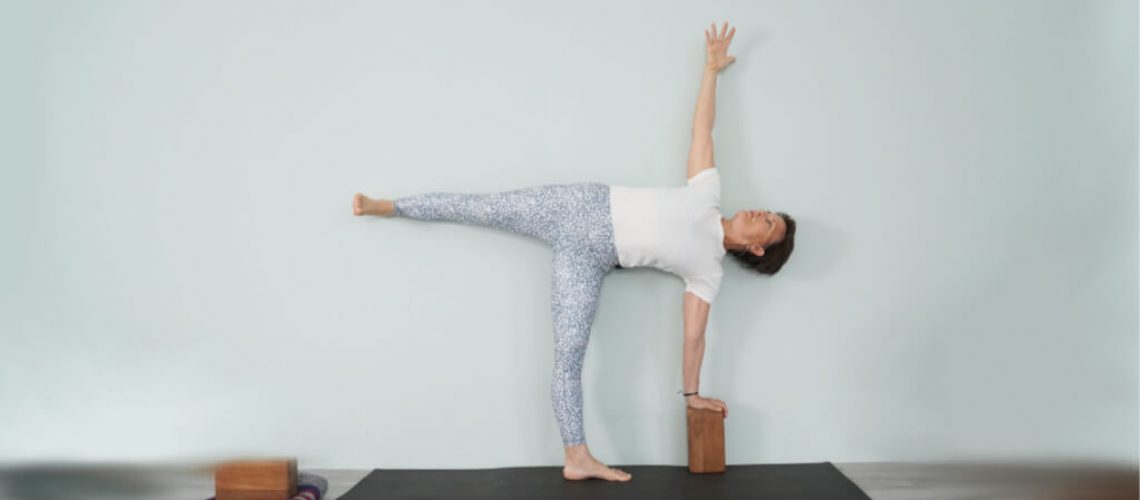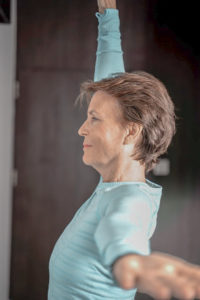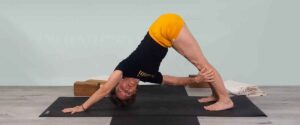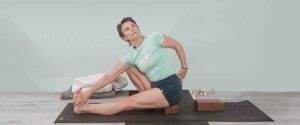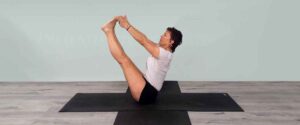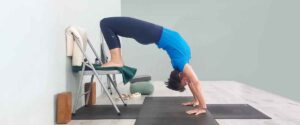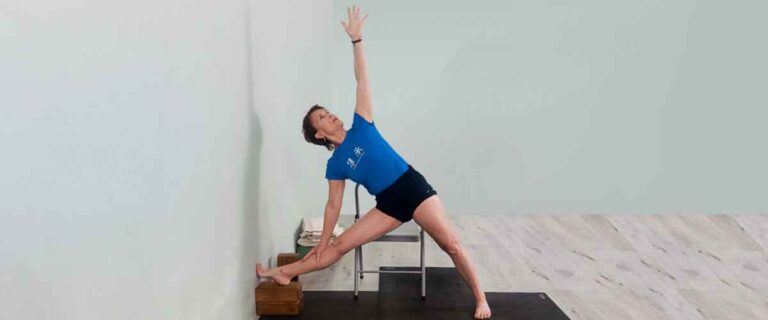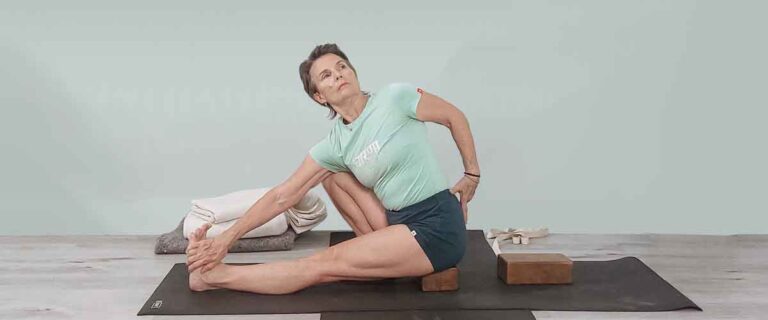In yoga, a wall can be one of our greatest tools. Here are 6 reasons why:
1. Benefits of facing the wall – Many times we long to focus without any distraction. When one merely stands with their forehead rested on the wall, they begin to bring the attention inward into a restorative space – our nervous systems instantly settle. It is amazing how calming this one simple pose can be.
2. Benefits of facing away from the wall – Using the wall as a prop allows us to have our attention focused on the back body. This helps us feel our alignment in relation to the flat plane of the wall behind us. We are able to feel which areas of the back are touching the wall and which aren’t, which areas we lack awareness of or maybe overdoing. It’s when we have a physical reference point, we can learn to correct ourselves.
3. Holding the poses for longer & going deeper -If we want to focus on a specific pose and stay in this for a longer period of time, the wall will assist with that type of practice and ensure we are more protected from overdoing or injury.
4. Menstruation – When a woman is menstruating her energy levels are diminished and the body often craves a restorative practice. The wall is there to support you when your body needs to be held.
5. Injury support – If you have had an injury, the wall can provide the needed support to approach certain actions gradually while you recover and maintain strength & balance.
6. Whether a mature practitioner or just a beginner – The wall is the support that will teach you how to stay in poses for longer while gaining strength, balance, and confidence over time.
A wall can be used in so many wonderful ways, below I show a few.
I encourage you to try various techniques to using the wall, being creative, and learning about your unique body along the way!
This sequence includes:
Tadasana ( Mountain Pose )
Urdhva Hastasana ( Palm Tree Pose )
Utthita Trikonasana ( Triangle Pose )
Uttanasana ( Forward Bend Pose )
Utkatasana ( Chair Pose )
Utthita Parsvakonasana ( Extended Side Angle Pose )
Ardha Chandrasana ( Half Moon Pose )
Ustrasana ( Camel Pose )
Parvatasana ( Mountain Pose )
Setu Bandha Sarvangasana ( Bridge Pose )
Dandasana ( Staff Pose )
Savasana ( Corpse Pose )

